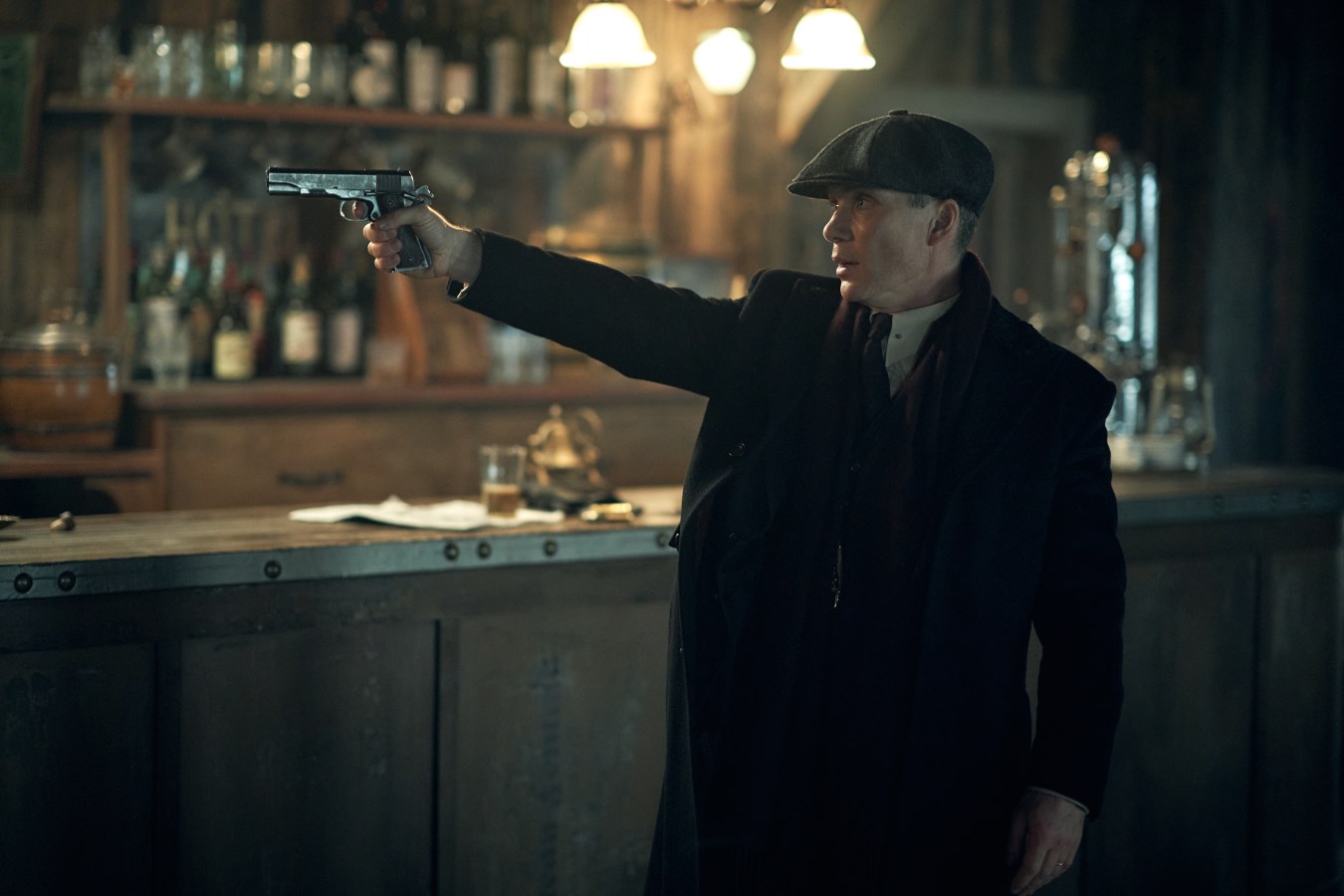Australian producer Karina Holden created the groundbreaking TV series Love on the Spectrum in 2018 with director Cian O’Clery, Northern Pictures, and the ABC. Netflix began distributing a US version of the format in 2022. Love on the Spectrum has since won five Primetime Emmys and one International Emmy.
This article featured in Issue 13 of Forbes Australia. Tap here to secure your copy.
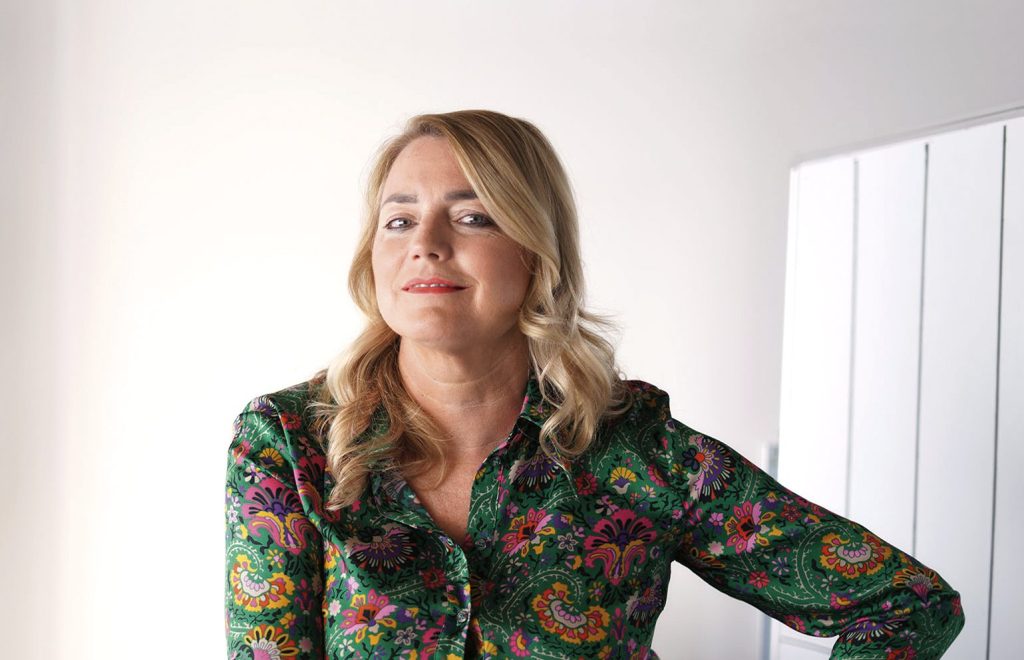
How do you sum up this moment in your career?
With utter surprise and delight. There is a real sense of still being very wide-eyed and feeling that I’m on a journey of discovery, yet I’m almost 30 years into this industry. Maybe
it is the creative and always-evolving nature of the industry.
Love on the Spectrum started as an Australian production, and the US version of your show is now up for three Emmys. Can you talk us through the process of getting it made for the ABC?
We had a lot of resistance for a long time. It is an original format – something that we came up with. Cian O’Clery, the co-creator, worked with me at Northern Pictures on another series. He had worked in the disability space with ABC’s Employable Me. We knew that we wanted to pivot because we didn’t necessarily want to be in the space of making somebody else’s format.
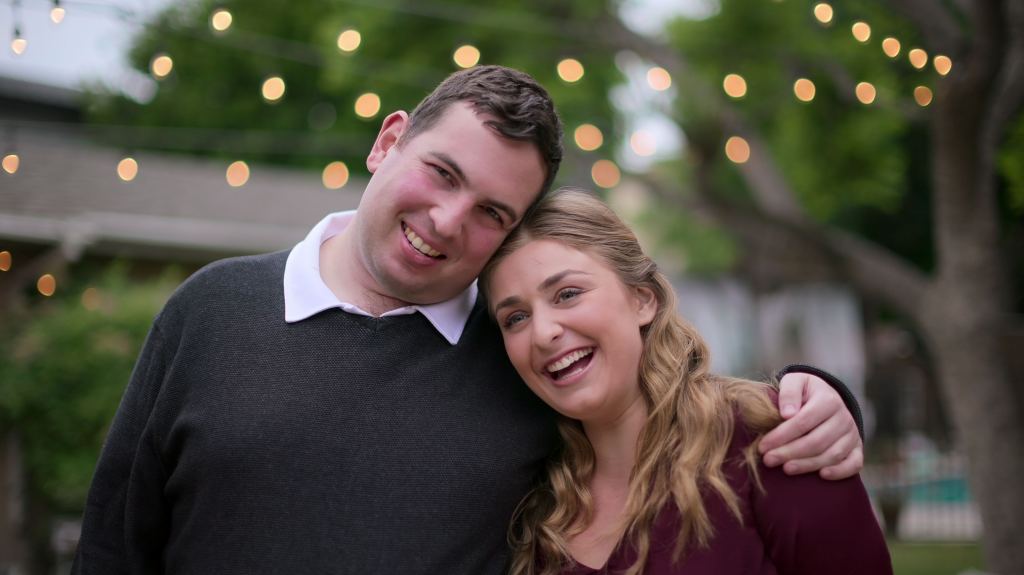
At that point, The Bachelor, a US import, was Australia’s only relationship dating format. It felt like there was this real opportunity to expand the genre in Australia. Now we look around, and there are many, many shows, but it was unique at its time. It took a long time to convince a public broadcaster [ABC] that this dating show would be done in a unique and authentic way and that there was a real public service value to the series because it spoke about people who are often marginalised and misunderstood.
Was it difficult to get Netflix on board for the US version?
The conversation with Netflix was over many years as well. It was the fourth meeting before there was an inkling that they would try it. That was because of the completed Australian show. Now, it has won five Primetime Emmys, which has been amazing to see.
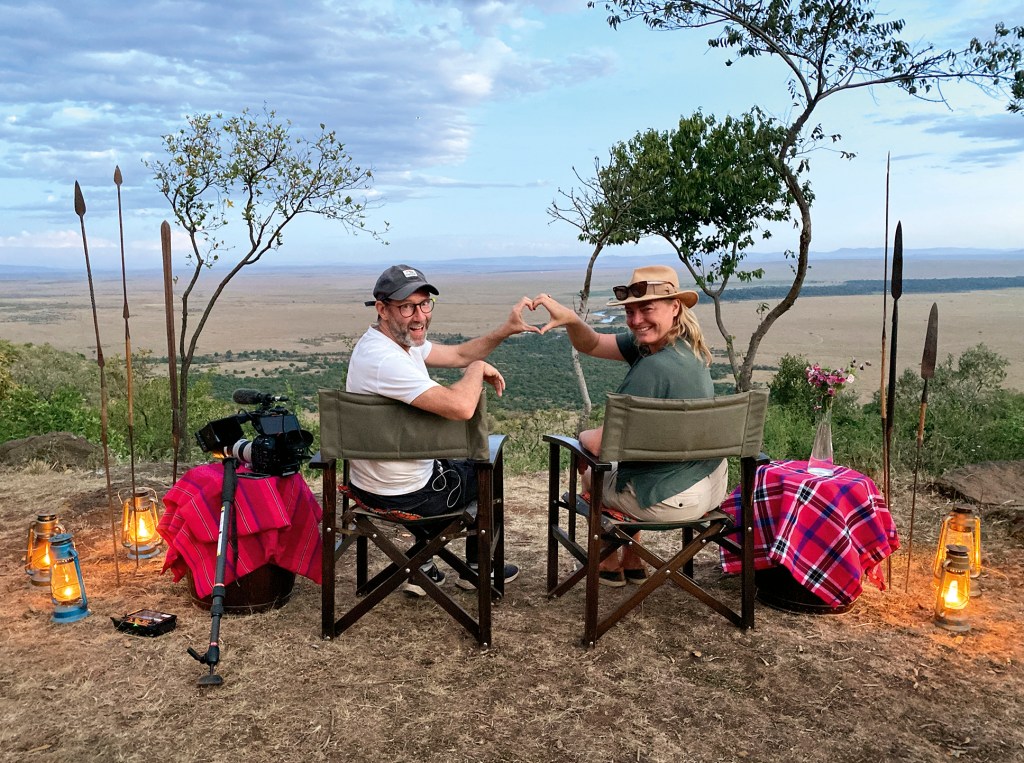
How do you describe the way you approach storytelling?
It is factual with a hint of reality, factual with a hint of drama, factual with a hint of social experiment, factual with a hint of live factual, with a hint of 360-degree immersive. It’s taking that form and constantly looking at how you can engage audiences in new and different ways. And that is part of the delight.
How do you decide which of those approaches is right for a project?
There is a lot of noise in the media and social media spaces where everybody feels like they have a comment to make, and we know that we are now in this situation where we are running out of resources on our planet. I think about how to apply a resource-heavy industry to do something that has a real sense of purpose and is not just adding to the noise of everything else out there. Where can we cut through and do something that means something to people and do it in an efficient and powerful way?
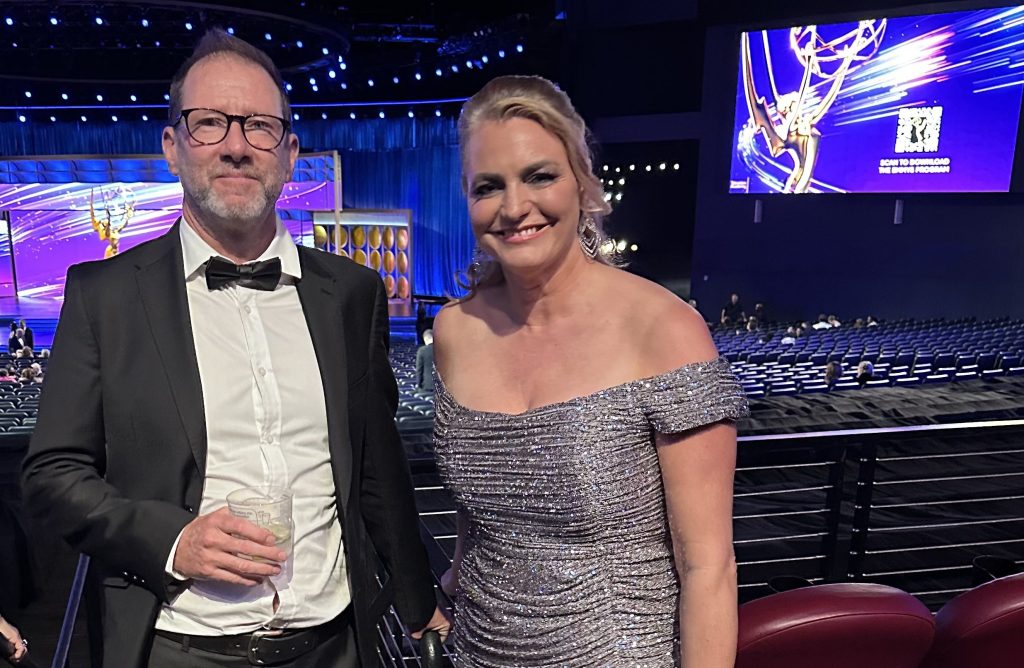
What is it you love about your job?
Storytelling is something that takes you on so many journeys. It always feels fresh, and you never feel like you are on safe ground – where you know what you are doing. You are constantly having to react to the earthquakes of creativity around you.
Look back on the week that was with hand-picked articles from Australia and around the world. Sign up to the Forbes Australia newsletter here or become a member here.



